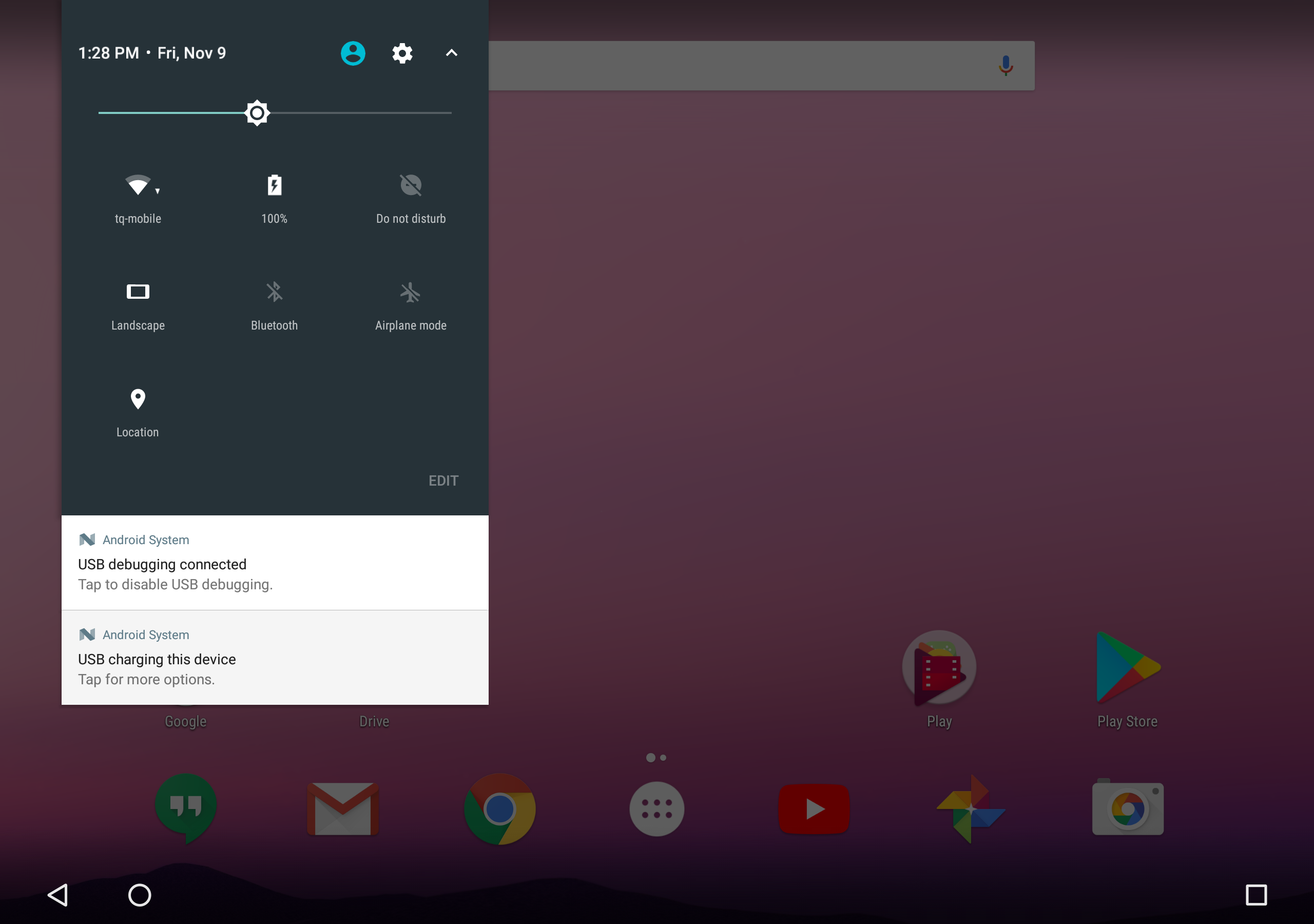
- #Google pixel photo editor issues verification#
- #Google pixel photo editor issues iso#
- #Google pixel photo editor issues download#
In the Smart Sharpen effect menu you’ll see a drop-down that includes 'motion blur'. Your main options are part of the Sharpen tools, but there is one made specifically for motion blur. You can’t really recreate the exact effect of Face Unblur in Photoshop if you use a single image. And it knows where the face is because Google algorithms can do that without even trying these days. The two exposures are merged, the image information in the ultra-wide shot used to firm-up detail and definition only in the face. It doesn’t necessarily need to produce a bright and satisfying-looking pic on its own.
#Google pixel photo editor issues iso#
We don’t know how the ultra-wide approaches ISO sensitivity, but it can likely use a lower setting than it might use for a standard image, because this shot is there to look for areas of image contrast. The ultra-wide takes a picture at a faster shutter speed. The primary camera uses the shutter speed it would normally opt for, based on the lighting conditions. When you shoot a Face Unblur image, both the Pixel 6's primary and ultra-wide cameras capture a shot. And it’s one of the more interesting uses for it we’ve seen since Google’s Super Zoom from 2018. We could blame the small sensors used in phones, but you’ll actually see the exact same effect with a large-sensor mirrorless camera if you shoot in “Auto”.įace Unblur counteracts this through computational photography. Unless you use a fast shutter speed, moving objects are going to appear blurry. It tries to solve one of the headaches of capturing a moving subject, particular indoors.
#Google pixel photo editor issues download#
These are the best photo editing apps you can download right nowįace Unblur is sure to prove a useful feature for casual photography.We're certainly looking forward to trying it out, though. Magic Eraser is certain to be a cool tool, but likely won’t fare that well with large objects near to the foreground/subject. While you can manually select areas to process with Magic Eraser, this is where the process may start to feel fiddly, and you may wish you had a mouse to hand.

Part of the art of the heal tool is in using multiple rounds of corrections, because by altering the image on the first pass you actually change the library of image data it uses on the second pass. We’re not sure Magic Eraser will be able to deal with these. Photoshop's heal brush it also perfect for removing power lines, and tiny pieces of background scenery that make up a small part of the image, but can still alter the perception of it significantly when zapped. More often than not, we use it to remove dust from images, or splotches caused by dust on the lens or sensor.
It is also not going to be useful in the contexts where we use Photoshop’s heal brush the most. And the larger an object you try to remove, the more fake it is going to look. However, Google says it won’t work on all image elements. It’s a relative of fully AI-generated and 'deep fake' tech, and this should let it evaluate where, for example, shadows should lie under removed objects – even if the algorithm 'thinks' in a more abstract way. This makes Magic Eraser a sort of next-generation healing brush that relies less on image data in the picture itself, and more on what similar images look like. Regardless of what image you try to process, Google has probably seen millions that look something like it. In the Magic Eraser context, this lets a Pixel 6 not just identify objects, but also bring a degree of knowledge about what texture might be under the objects you choose to remove.
#Google pixel photo editor issues verification#
This intelligence has grown over the years thanks to the photos you upload to Google Photos – and also those maddening verification screens that make you clcik the squares that contain a fire hydrant or crosswalk. For example, Google Photos can accurately identify cars, lamp-posts, people, boats and almost countless other scenes. The Pixel 6 Magic Eraser is likely informed by the same machine learning techniques used in its other products and services. Google has not fully revealed how it works under the hood, but we have a pretty good idea. It frequently results in obviously repeated texture patterns, which look fake, and often leaves unnatural-looking splodges of image information that don’t make much sense in context. Let’s be blunt – Snapseed’s Heal tool is rubbish, at least compared to the excellent Photoshop alternative. On paper, it’s a much more user-friendly take on the concept. You then select them, or just hit a button to remove them all.
Magic Eraser suggests objects you can remove from a scene. It then analyzes the surrounding image data to fill in the gap, generally blocking it in with the textures it finds nearby. In Snapseed you have to manually select the area you want to remove. Google's version is a little different, though.


 0 kommentar(er)
0 kommentar(er)
